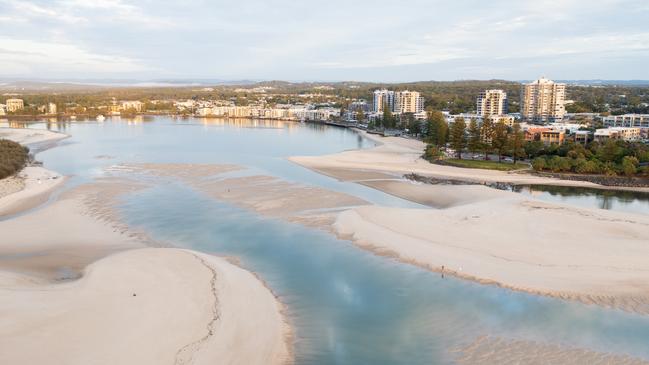Lifesavers consider surveillance measures for risky Sunshine Coast beaches
Families have been shattered across the sunshine state amid a spate of beach deaths as swimmers continue to ignore red and yellow flags and surf conditions change.
Sunshine Coast
Don't miss out on the headlines from Sunshine Coast. Followed categories will be added to My News.
In the wake of multiple tragic deaths at Queensland beaches, lifesavers have called out “hotspots” as swimmers continue to ignore safety messages.
It comes off the back of a busy season statewide for our beachside volunteers.
A man died after collapsing on the sand at Buddina on the Sunshine Coast last Sunday and support is being offered to the family of 21-year-old man Jye Mattern who went missing at Teewah, north of Noosa, on January 21.
The mother of Lucinda McGrath, 27, has revealed her heartache following her daughter’s death at Bulcock Beach in Caloundra on January 22 and a French backpacker died after she was pulled from unpatrolled surf near Stumers Creek, at Coolum Beach, on January 5.
On the Gold Coast, a man in his 20s drowned last month after swimming in an unpatrolled area at the Southport Spit and Victorian tourist Yong Feng died on December 28 at Surfers Paradise.

Further north, near-drownings occurred in Hervey Bay, Double Island Point and Crystal Creek near Townsville in January.
Sunshine Coast chief lifeguard supervisor Anthony King said the Caloundra bar had almost closed because of the Bribie Island breakthrough, creating a large sand spit at Happy Valley.
He said lifeguards had noticed “a lot” more people swimming in the unpatrolled area.
“That’s not saying it’s safe to swim there,” he said.

Mr King said the installation of an emergency beacon was being considered for the area, similar to the camera in the Maroochy River near the Cotton Tree Holiday Park.
“It’s a similar situation with these hotspots, we’re trying to find a solution,” he said.
Mobile beacons are also being considered at Coolum Beach and north Peregian Beach.
Mr King said people should not swim “at all” in the Teewah area.

“You’ve got no phone coverage, you’ve got nothing in some of these areas,” he said.
He said there were many patrolled beaches in the Sunshine Coast and Noosa regions.
Surf Life Saving Queensland regional manager Aaron Purchase said beach visits were “well up” across the state this season.

He said interstate and overseas migration was a factor, along with it being the first “true summer” for a few years in which people could travel.
The regional manager said a lack of car parks and other public infrastructure in busier areas forced people to “sprawl” along the coastline.
“It poses a number of challenges to get people to swim between the flags,” Mr Purchase said.
He said lifesavers’ roles would become harder as beachside populations increased and people needed to become used to walking or travelling further to patrolled beaches.





